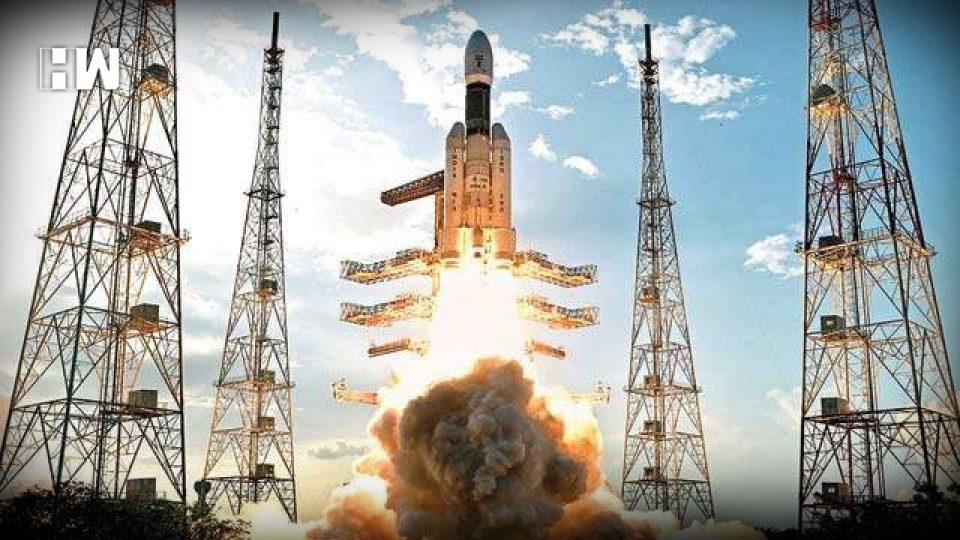Bengaluru | NASA’s Lunar Reconnaissance Orbiter (LRO), which has been orbiting the moon for 10 years, passed over the Vikram landing site on Tuesday. People’s last hope on the US orbiter came crushing down after NASA said that their Vikram lander may not have been in the field of vision.
“The Lunar Reconnaissance Orbiter Camera (LROC) acquired images around the targeted landing site, but the exact location of the lander was not known so the lander may not be in the camera field of view,” said Joshua A Handal, public affairs officer, planetary science division, NASA. He said the lander could be in shadows, therefore it is difficult to spot.
Also Read: NASA lunar orbiter to fly over Chandrayaan 2, to take photos of landing site
The LROC team will compare the images taken on September 17 with previous ones of the site taken by it to see if the lander is visible.
Indian Space Research Organisation (ISRO) lost contact with the lander of the country’s second lunar mission Chandrayaan-2, minutes before touchdown on the moon on September 7.
“Images taken by its own orbiter and that of NASA will help ISRO in reconstructing what happened on September 7. ISRO has the telemetry data, which has information on velocity, altitude, thrust etc till about 2.1 km from the surface of the moon. The orientation of the lander, whether it was slightly damaged or parts were broken, the location and its deviation from the planned path will tell the scientists whether the lander hit the lunar surface at a high velocity, whether it spun out or what happened in the last moments,” said Dr Nirupam Roy, assistant professor of Physics at the Indian Institute of Science, Bengaluru.
“The LRO is also in a polar orbit just like Chandrayaan 2 orbiter, meaning it will be able to see the landing site every 14 days for two or three days depending on the field of view of the camera. The LRO data will prove useful because it will be able to see the landing site closer to noon. The Chandrayaan 2, on the other hand, was launched to reach the landing site at the beginning of the lunar day, meaning every time it goes over the landing site it will either be dawn or dusk when there are longer shadows,” said Roy, as reported by HindustanTimes.
As an independent media platform, we do not take advertisements from governments and corporate houses. It is you, our readers, who have supported us on our journey to do honest and unbiased journalism. Please contribute, so that we can continue to do the same in future.

